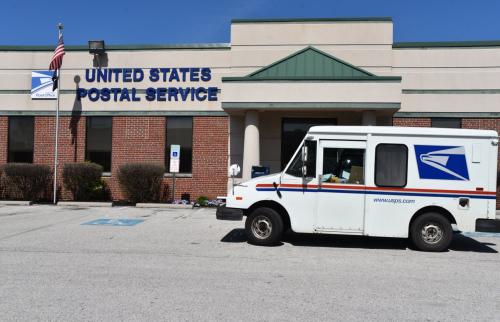Employers added 155,000 workers to their payrolls in December, close to the average monthly gain we have seen over the past two years. Workforce growth requires an added 90,000 to 100,000 jobs a month to keep the unemployment rate from rising. Economic growth has been strong enough so we have comfortably–but not wildly–exceeded this benchmark for the past three years. Although the unemployment rate has remained roughly unchanged over the past four months, it has fallen 0.7% (reaching 7.8%) during the past year. If job gains continue at this rate, we should expect to see slow but steady progress toward full employment. At the current pace, however, full employment will not be achieved until the end of 2016.
The year-end job numbers shed some light on the sources of employment growth during the past year. Education and health services saw another year of robust growth. Over the past year private employers in these industries added an average of 38,000 workers to payrolls each month. Job gains in education and health accounted for one-quarter of the total rise in employment over the past year. For purposes of comparison, at the end of the last economic recovery in 2007, private employment in education and health accounted for only 13% of total employment.
The growth of payroll jobs in professional and business services was even faster, accounting for 26% of all job gains in 2012. Since payroll employment began to grow in March 2010, professional and business service employment growth has accounted for nearly a third of total job gains. In comparison, the sector accounted for just 13% of total employment at the end of the last economic expansion.
Wholesale and retail trade saw payrolls rose by an average of 22,000 a month in 2012, approximately the same rate of increase we saw in the first two years of the recovery. The proportionate rise in employment in these sectors has matched the rate of overall employment growth. Over the past year manufacturing payrolls have also grown in line with the growth of total employment. Compared with other industries, however, manufacturing sustained much bigger job losses in the recession. As result, manufacturing now accounts for a significantly smaller share of all jobs – 8.9% of total employment in December 2012 compared with 10.0% at the end of 2007.
The recent recovery has been much weaker in other industries, most notably construction and government. The construction industry eked out small payroll gains over the past year, adding about 2,000 jobs per month. Between December 2006 and December 2009, construction employment fell more than 2 million, or about one-quarter. In the first year of economic recovery, construction employment continued to fall, and it has rebounded very little since that time. Federal stimulus spending on public infrastructure has played a deplorably small role, if any, in offsetting the massive slump in private demand for new construction.
The drop in government employment has itself played a major role in slowing the rebound of employment. The best that can be said about 2012 is that the drop in public payrolls slowed. In 2010 and 2011, state, local, and federal payrolls shrank more than 20,000 a month. In 2012 they only fell 5,700 a month. State and local governments have seen an improvement in tax collections, but a shift in political philosophy in state capitals has worsened the outlook for public-sector employment growth. The steady growth in labor demand in the private sector has fortunately been strong enough to offset the public sector’s shrinking appetite for new workers.
The Brookings Institution is committed to quality, independence, and impact.
We are supported by a diverse array of funders. In line with our values and policies, each Brookings publication represents the sole views of its author(s).



Commentary
Slow but Steady: Job Market Improves in December
January 4, 2013